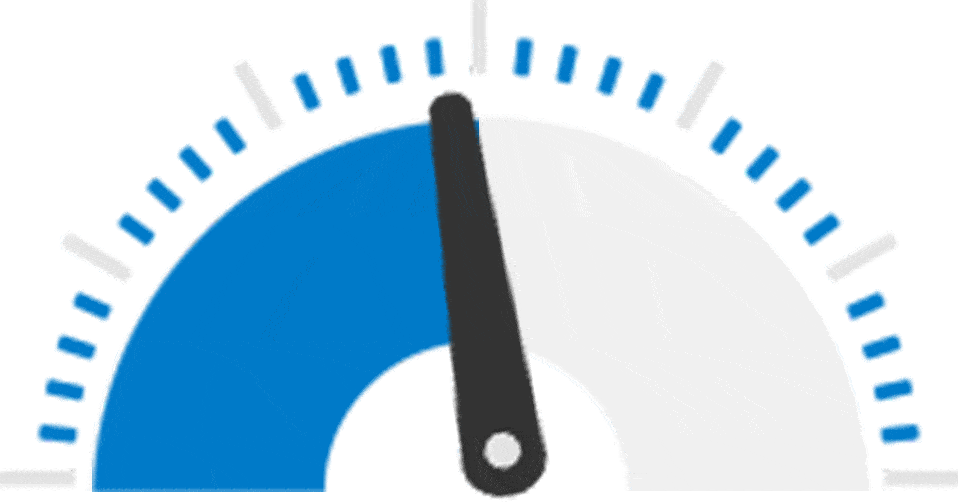For many Canadians, the traditional brick-and-mortar bank has been the cornerstone of their financial lives. However, the financial landscape is evolving rapidly, and a new wave of alternative banking options is emerging. These alternatives offer a compelling proposition for Canadians who are looking for greater flexibility, convenience, and potentially lower fees.
In this blog post, we’ll delve into the world of alternative banking in Canada, exploring the different options available and the benefits they can offer. We’ll also discuss some key considerations to help you decide if an alternative banking solution is right for you.
Why Consider Alternatives to Traditional Banks?
There are several reasons why Canadians might be drawn to explore alternatives to traditional banks. Here are a few of the most common:
- Fees: Traditional banks are notorious for charging a wide range of fees, including monthly account maintenance fees, transaction fees, and overdraft fees. These fees can quickly eat away at your hard-earned savings.
- Limited hours and accessibility: Branch hours can be inconvenient, especially for those with busy schedules. Online banking helps, but some traditional banks still lack robust mobile banking features.
- Limited product offerings: Some traditional banks may not offer the specific financial products or services you need, such as high-interest savings accounts or ethical investment options.
- Desire for innovation: Fintech (financial technology) companies are constantly developing new and innovative financial tools. Alternative banking options often embrace these advancements, providing a more dynamic and user-friendly banking experience.
Exploring Alternative Banking Options in Canada
The Canadian financial sector offers a diverse range of alternative banking solutions. Here’s a closer look at some of the most popular options:
- Online Banks: Online banks operate entirely online, offering all the core banking features you’d expect from a traditional bank, such as checking and savings accounts, money transfers, and bill payments. Typically, online banks have lower overhead costs, which allows them to offer competitive interest rates and fee-free accounts. Some popular online banks in Canada include EQ Bank, Ally Bank (Canada), and Simplii Financial.
- Credit Unions: Credit unions are member-owned financial cooperatives that often provide more competitive rates and lower fees compared to traditional banks. They may also offer a wider range of financial products and services tailored to the specific needs of their members. Local credit unions are a great option to explore, with national networks like Desjardins Group offering services across Canada.
- Neo-Banks: Neo-banks are a new breed of financial institutions that operate entirely digitally. They often partner with traditional banks to provide core banking services, but they focus on offering a user-friendly mobile app experience with innovative features like budgeting tools, peer-to-peer payments, and seamless integration with financial management apps. Some popular neo-banks in Canada include Wealthsimple Cash, KOHO, and Neo Financial.
- Prepaid Cards: Prepaid cards are reloadable cards that function similarly to debit cards, but they are not linked to a traditional checking account. Prepaid cards can be a good option for managing budgets, online shopping, or as an alternative for those who may not qualify for a traditional bank account.
Choosing the Right Alternative for You
With so many alternative banking options available, it’s important to consider your individual needs and preferences before making a decision. Here are some key factors to keep in mind:
- Features and services: Make sure the alternative bank offers the features and services you need, such as chequing and savings accounts, bill payments, debit cards, and access to ATMs.
- Fees: Compare the fee structures of different alternative banks. While many offer fee-free accounts, there may be charges for specific transactions or services.
- Interest rates: For savings accounts, compare the interest rates offered by different alternative banks.
- Minimum balance requirements: Some accounts may have minimum balance requirements to avoid monthly fees.
- Customer service: Consider the customer service options offered by the alternative bank, such as phone, online chat, or in-person support (if applicable).
- Security: Ensure the alternative bank uses robust security measures to protect your financial information.
Once you’ve considered these factors, you can start researching specific alternative banking options that align with your financial goals and preferences.
What the Future Holds for Canadian Banking
While the rise of alternative banking is a significant trend, it’s unlikely to signal the complete demise of traditional banks in Canada. Instead, we can expect to see a more cohesive ecosystem emerge, with traditional banks and alternative banking providers coexisting and even collaborating. Here’s a glimpse into what the future of banking in Canada might look like:
- Increased Focus on Open Banking: Open banking allows consumers to share their financial data securely with third-party applications and services. This fosters a more personalised banking experience, with consumers able to access a wider range of financial products and tools that seamlessly integrate with their existing accounts. Open banking regulations are still evolving in Canada, but their implementation is expected to accelerate innovation and competition in the banking sector.
- Hyper-personalization and AI-powered services: Financial institutions will leverage artificial intelligence (AI) to personalise financial products and services for individual customers. AI can analyse spending habits, predict financial needs, and offer tailored solutions such as automated savings plans, personalised investment recommendations, and fraud prevention tools.
- Enhanced Security and Data Protection: As financial services become increasingly digital, cybersecurity will remain a top priority. Banks and alternative banking providers will invest heavily in robust security measures to protect customer data and combat cyber threats. Regulatory frameworks will likely adapt to address the evolving security landscape.
- Focus on Financial Wellness: Financial institutions will increasingly focus on promoting financial wellness for their customers. This could involve offering tools and resources for budgeting, debt management, and financial literacy education. Partnering with financial wellness startups or offering in-house educational resources are potential ways banks can add value in this area.
- Integration with Fintech and BigTech: Collaboration between traditional banks, fintech companies, and big tech giants like Apple and Google is likely to increase. This could lead to the development of innovative financial products and services that seamlessly integrate with existing ecosystems, such as mobile wallets and digital assistants.
The Evolving Role of Traditional Banks:
Traditional banks are not sitting idly by as the landscape changes. They are actively investing in digital transformation initiatives, revamping their mobile banking platforms, and launching their own digital banking products. We can expect to see traditional banks:
- Become more agile and innovative: To compete effectively with alternative banking providers, traditional banks will need to adopt a more agile and customer-centric approach. This may involve streamlining operations, fostering a culture of innovation, and actively seeking out partnerships with fintech companies.
- Offer hybrid models: Traditional banks may develop hybrid models that combine the convenience of digital banking with the human touch of physical branches. This could involve offering specialised services or financial advice in branches while focusing on everyday transactions through digital platforms.
- Focus on niche markets: Traditional banks may choose to specialise in serving specific niche markets, such as small businesses or high-net-worth individuals, where they can leverage their expertise and brand reputation to maintain a competitive edge.
In conclusion, the future of Canadian banking is likely to be a blend of traditional institutions and innovative alternative banking providers. Consumers will benefit from a wider range of choice, greater convenience, and potentially lower fees. As technology continues to evolve and consumer expectations change, the banking sector in Canada will undoubtedly continue to adapt and transform.






